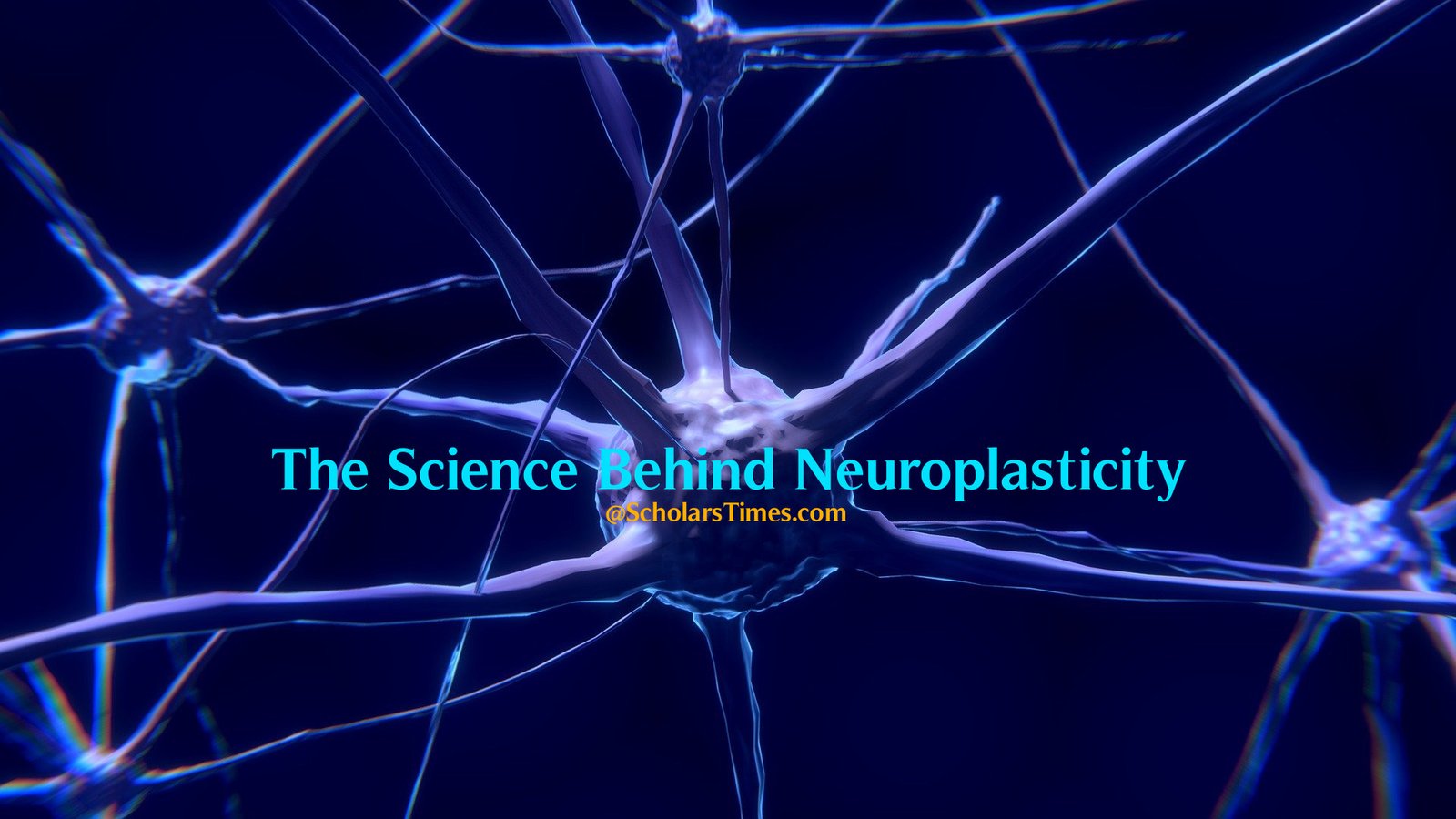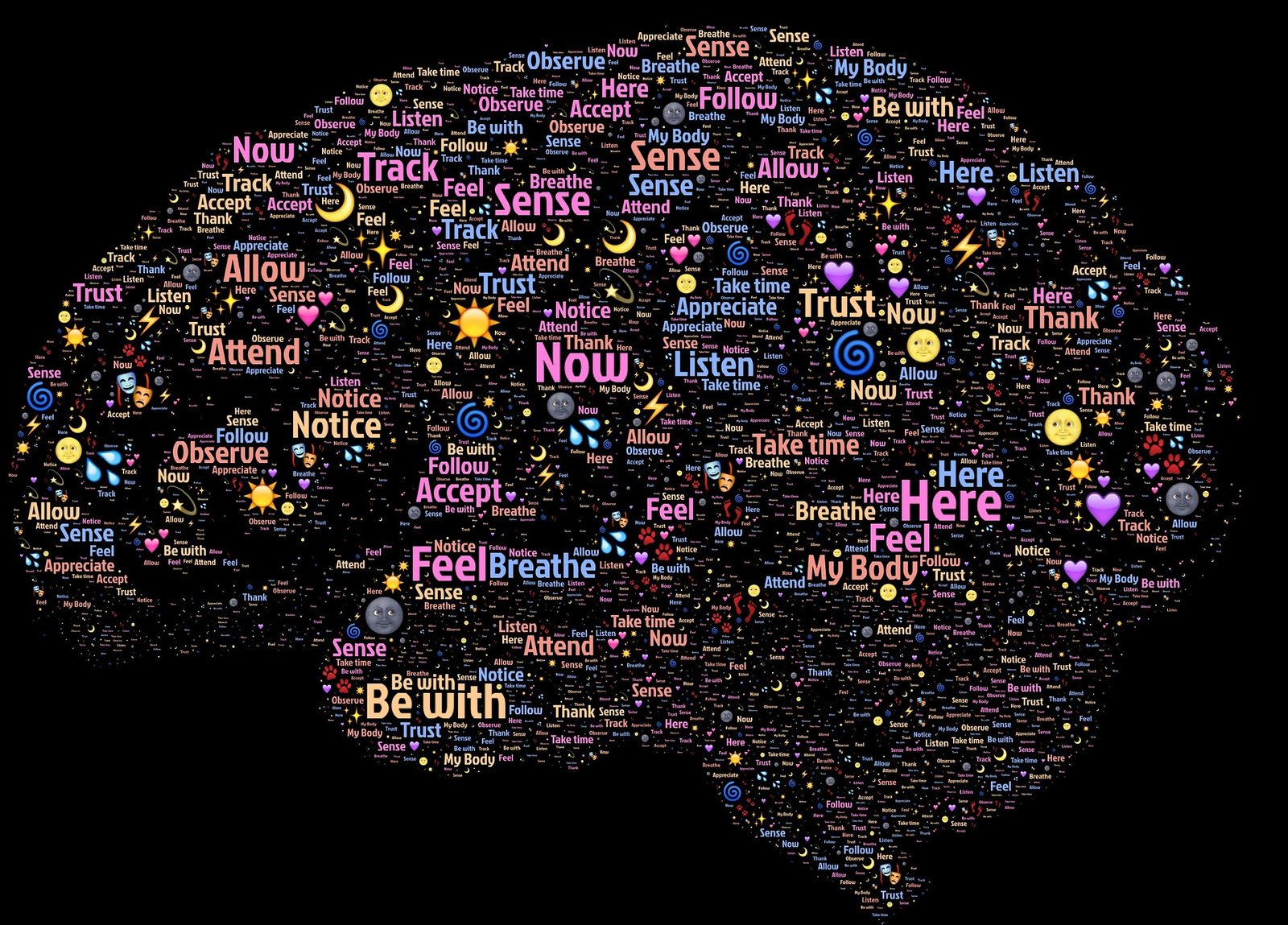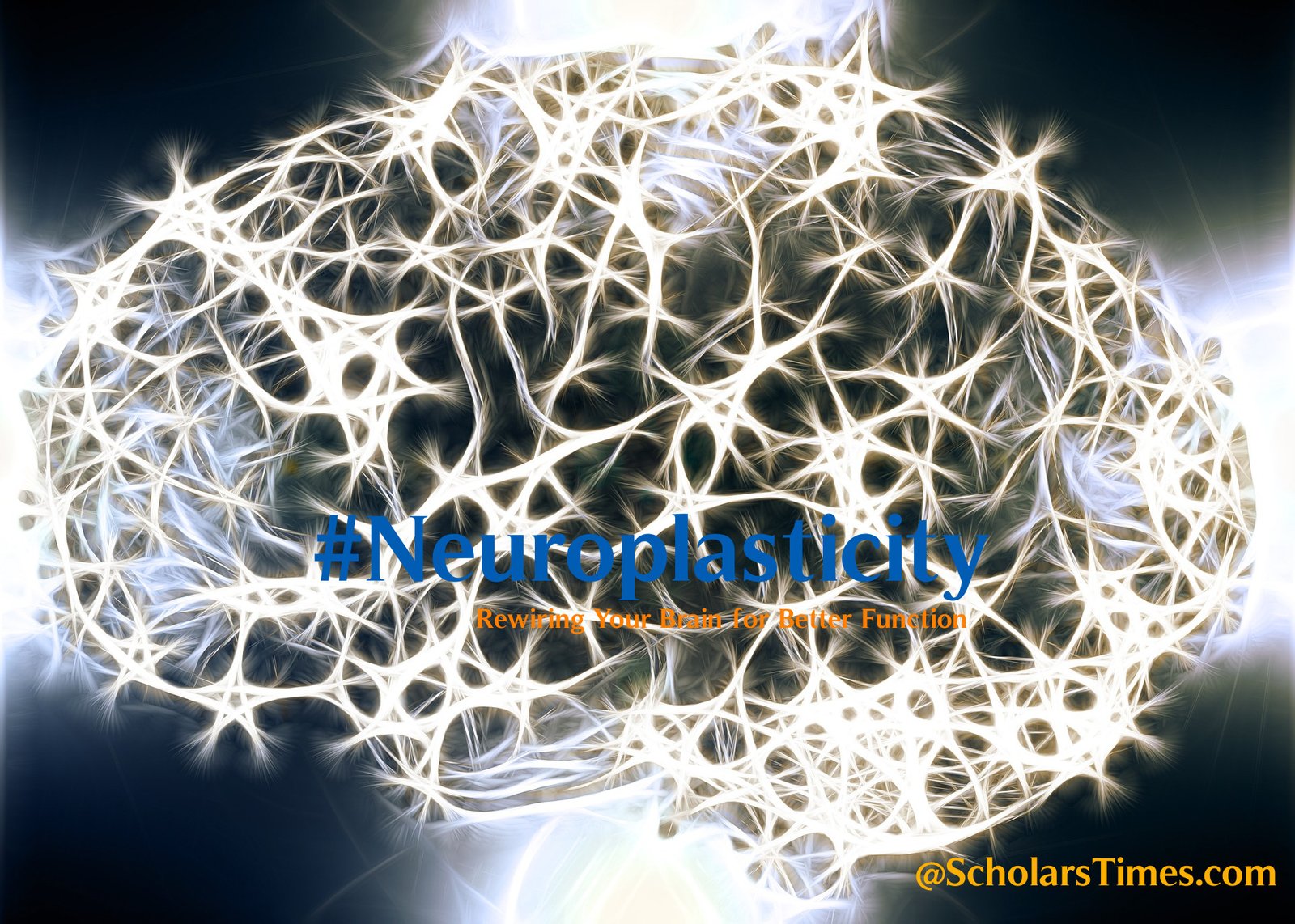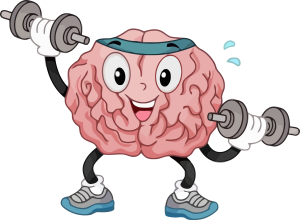Neuroplasticity: Rewiring Your Brain for Better Function
7 min read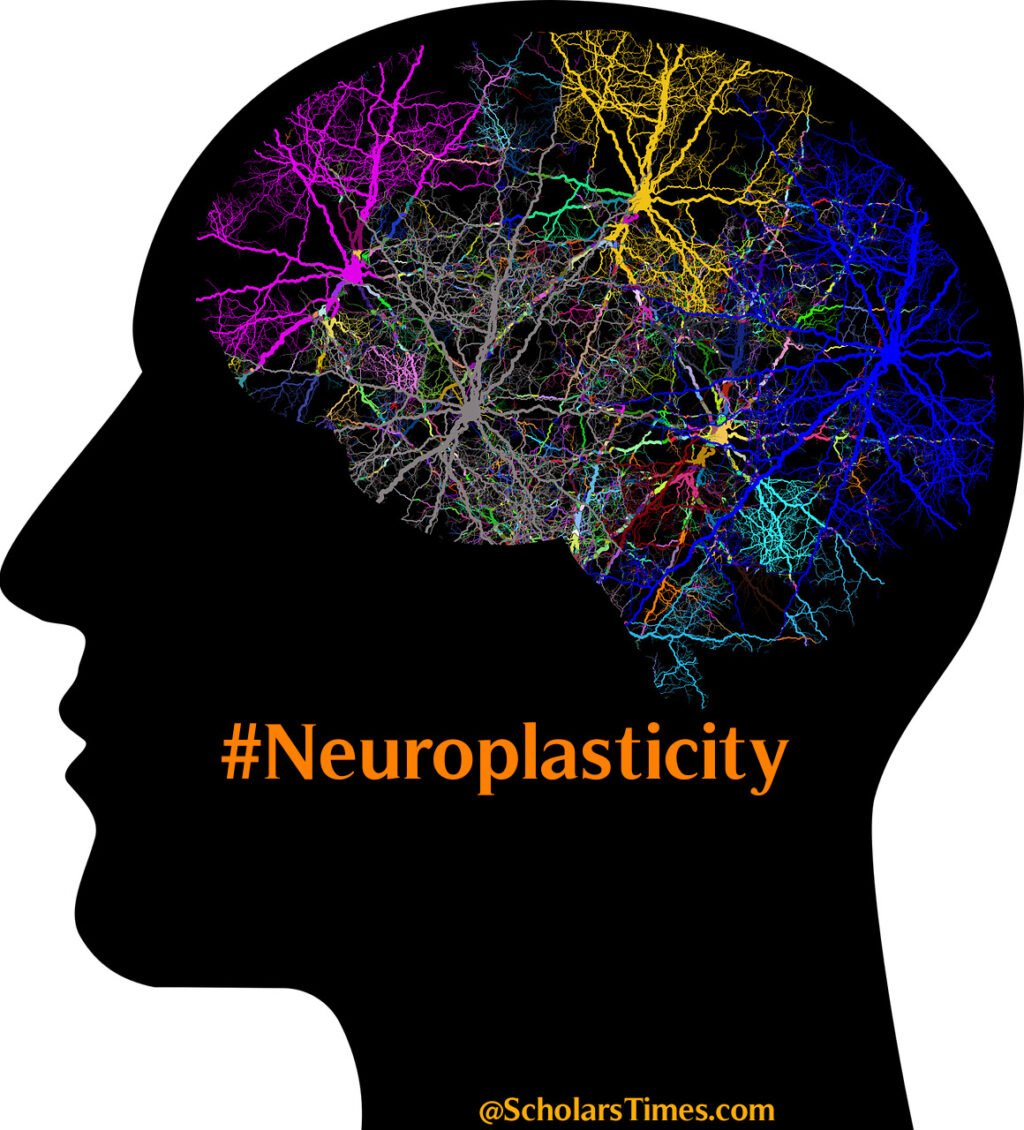
Neuroplasticity is the brain’s remarkable ability to change and adapt in response to new experiences. This means that our brains are not fixed and unchangeable, but rather are constantly evolving and growing throughout our lives. By harnessing the power of neuroplasticity, it’s possible to rewire your brain and improve your cognitive abilities.
Benefits of Neuroplasticity
The benefits of neuroplasticity are numerous and wide-ranging. Neuroplasticity has been shown to improve cognitive function, increase brain resilience, and even lead to recovery from injury or disease.
One study published in the journal Cerebral Cortex in 2021 found that practicing mindfulness meditation led to increased connectivity between areas of the brain responsible for executive functions, such as decision-making and self-control. This suggests that mindfulness meditation can improve cognitive function by strengthening neural connections in these areas of the brain.
Another study published in Frontiers in Aging Neuroscience in 2020 found that physical exercise can promote neuroplasticity in older adults, improving cognitive function and potentially slowing cognitive decline. This is because physical exercise can increase the production of brain-derived neurotrophic factor (BDNF), a protein that promotes the growth and survival of neurons.
The Science Behind Neuroplasticity
The science behind neuroplasticity is complex, but essentially it involves changes in the structure and function of neurons and their connections in response to experience. The brain is composed of trillions of neurons, which communicate with each other through synapses, the small gaps between neurons where neurotransmitters are released. When we experience something new, such as learning a new skill, the brain creates new synapses and strengthens existing ones, forming new neural pathways.
Research published in Nature Reviews Neuroscience in 2020 has shed light on the molecular mechanisms behind neuroplasticity. Scientists have identified various signaling pathways and molecules, such as BDNF and synaptogenesis, that play key roles in promoting the growth and survival of neurons and their connections.
Techniques for Harnessing Neuroplasticity
There are various techniques that can be used to promote brain rewiring.
- Meditation is one of the most effective techniques. A study published in the journal NeuroImage in 2021 found that practicing meditation for just four days led to increased connectivity between regions of the brain involved in attention and self-awareness. Another study has shown that regular meditation can increase the thickness of the prefrontal cortex, the part of the brain responsible for executive functions such as decision-making and self-control. Additionally, meditation has been shown to increase the size of the hippocampus, the part of the brain responsible for learning and memory
- Exercise is another effective technique. Research published in the journal Current Opinion in Psychiatry in 2020 found that exercise can promote neuroplasticity and improve cognitive function in individuals with depression. This is because exercise increases the production of brain-derived neurotrophic factor (BDNF), which promotes the growth and survival of neurons.
- Learning new skills is also an effective way to harness neuroplasticity. When you learn a new skill or task, your brain has to create new neural pathways to support the new information. Research published in the journal Brain Sciences in 2021 found that learning a new language can lead to increased connectivity between regions of the brain responsible for language processing and executive functions. This suggests that learning a new language can improve cognitive function and promote brain rewiring.
- Challenging your brain strengthens the connections between neurons which can improve overall brain function. Brain can be given challenges through various activities such as puzzles, crosswords, and brain games. It can help improve cognitive function and slow the cognitive decline associated with aging.
- Sleep is crucial for promoting neuroplasticity. Research published in the journal Current Opinion in Neurobiology in 2021 found that sleep plays a key role in consolidating memories and promoting synaptic plasticity, the ability of synapses to change and adapt in response to experience. Getting enough sleep is crucial for maintaining and improving brain function.
- A healthy diet can also help promote it. Consuming foods high in omega-3 fatty acids, such as salmon, walnuts, and flaxseed, has been shown to increase the production of BDNF, promoting the growth and survival of neurons. Additionally, consuming a diet high in antioxidants, such as fruits and vegetables, can help protect the brain from oxidative stress, which can damage neurons.
Limitations of Neuroplasticity
One of its limitation is that it may not be effective for everyone. Research published in the Journal of Neuropsychology in 2020 found that individuals with more severe cognitive impairment may not benefit from cognitive training interventions that aim to promote neuroplasticity. This suggests that it may have limitations in individuals with more advanced neurological conditions.
Another limitation is that it may be affected by aging. Research published in the journal Nature Reviews Neuroscience in 2021 found that aging can lead to changes in the molecular mechanisms of neuroplasticity, which may contribute to cognitive decline. This suggests that the potential for neuroplasticity may decrease with age.
How Neuroplasticity Can Be Used to Treat Certain Conditions
Despite its limitations, neuroplasticity has the potential to be used to treat various conditions, particularly those involving the brain. For example, stroke patients can benefit from neuroplasticity-based interventions that aim to promote the rewiring of neural pathways in the affected areas of the brain. Research published in the journal Neural Regeneration Research in 2020 found that transcranial magnetic stimulation (TMS) can promote neuroplasticity and improve motor function in stroke patients.
Neuroplasticity can also be used to treat depression. Research published in the journal Progress in Neuro-Psychopharmacology and Biological Psychiatry in 2021 found that repetitive transcranial magnetic stimulation (rTMS) can promote it and improve mood in individuals with depression. This is because rTMS can stimulate the production of BDNF, which promotes the growth and survival of neurons.
Real-Life Examples of How People Have Used Neuroplasticity to Improve Their Lives
There are many real-life examples of individuals who have harnessed the power of neuroplasticity to improve their lives. One example is the case of Michael Merzenich, a neuroscientist who developed the BrainHQ program, which consists of various exercises aimed at promoting neuroplasticity. Merzenich himself used the program to improve his hearing, which had been damaged by years of exposure to loud music.
Another example is the case of Barbara Arrowsmith-Young, who used neuroplasticity-based interventions to overcome her learning disabilities. Arrowsmith-Young developed a series of exercises that aimed to strengthen the neural pathways involved in the specific cognitive functions that she struggled with. Through these exercises, she was able to overcome her learning disabilities and eventually went on to become a neuroscientist.
Future Directions for Research on Neuroplasticity
There is ongoing research on neuroplasticity that may lead to new treatments and interventions for various conditions. One area of research is the use of neuroplasticity-based interventions to treat chronic pain. Research published in the journal Frontiers in Neuroscience in 2021 found that mindfulness meditation can promote neuroplasticity and reduce pain in individuals with chronic pain.
Another area of research is the use of neuroplasticity-based interventions to treat neurodegenerative diseases such as Alzheimer’s disease. Research published in the journal Current Opinion in Neurobiology in 2020 found that exercise can promote neuroplasticity and improve cognitive function in individuals with Alzheimer’s disease. This suggests that neuroplasticity-based interventions may have the potential to slow the progression of the disease.
Key Takeaways
-
Neuroplasticity is the brain’s ability to reorganize itself by creating new neural pathways and connections in response to changes in the environment, behavior, and thoughts.
- It can be harnessed to promote learning, recovery from brain injuries, and treatment of various conditions.
- Cognitive training interventions that promote neuroplasticity can improve cognitive function and memory in individuals with mild cognitive impairment.
- Mindfulness meditation can promote it and reduce symptoms of anxiety and depression.
- Neuroplasticity may not be effective for everyone, particularly those with more severe cognitive impairment, and may be affected by aging.
- Neuroplasticity-based interventions such as transcranial magnetic stimulation (TMS) can be used to treat stroke and depression.
- Real-life examples of individuals such as Michael Merzenich and Barbara Arrowsmith-Young have used it to improve their hearing and overcome learning disabilities, respectively.
-
Ongoing research is exploring new treatments and interventions for various conditions, including chronic pain and neurodegenerative diseases such as Alzheimer’s disease.

